Wingham Country Market's Solar Energy Solution: A Sustainable and Cost-Effective Approach
Client: Annette, Wingham Country MarketLocation: Wingham, Kent

To put it simply, a home solar solution creates DC power when exposed to sunlight. This power then gets converted to AC power through the use of an inverter component. So what are your options? Well there's three solar systems to choose from:
Let's walk you through these options......
Traditional String System:
This is the most common system used in the vast majority of installations, the main feature is all panels in this system are wired together. This could be a drawback if your property suffers from shading issues as if one panel becomes affected by shading then this will affect all panels.
Secondly, all panels have to be installed at the same angle towards the sun with the same string length. This means if you have shading issues or a unique shaped roof you may want to consider an optimiser system to make use of roof space and efficiency of panels. If you have none of these issues then a string system may be your best cost effective solution!
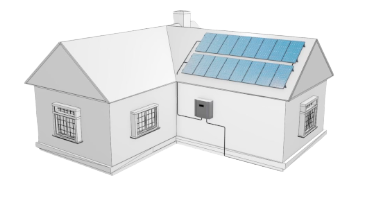
Microinverter System:
This system takes away the one inverter and breaks it down to multiple micro inverters to be installed underneath each solar panel. Because of this, each solar panel can function as an individual and is not affected if one panel's performance drops or is affected by shading issues.
This could be a more costly solution if installed when there really is no need to do so. Another point to keep in mind is maintenance. Inverter life warranty is rarely equal to a solar panel warranty, so you need to ask yourself or question your installer 'Is the potential maintenance costs worth the energy savings?'.
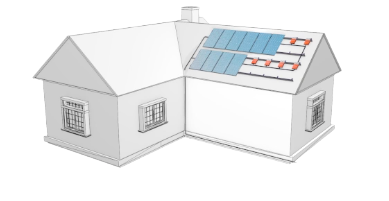
Optimiser System:
This solution was designed to optimise the power generation of each solar panel, also turning each solar panel into a smart panel where performance can be monitored through an app. This system can have similar downfalls to the microinverter system in terms of maintenance, also with the solar being at the height of technology, would your solar solution benefit from being optimised?
You may want your installer to look at your current energy consumption to see whether you would benefit from an optimiser system. Your installer may suggest not and alternately whether multiple lower powered panels or fewer high powered panels would meet your energy needs. A second alternative could also be solar battery storage; we will walk you through this later in solar system components.
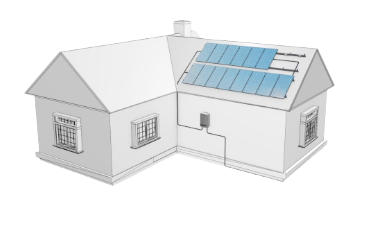
Components of a Home Solar System:
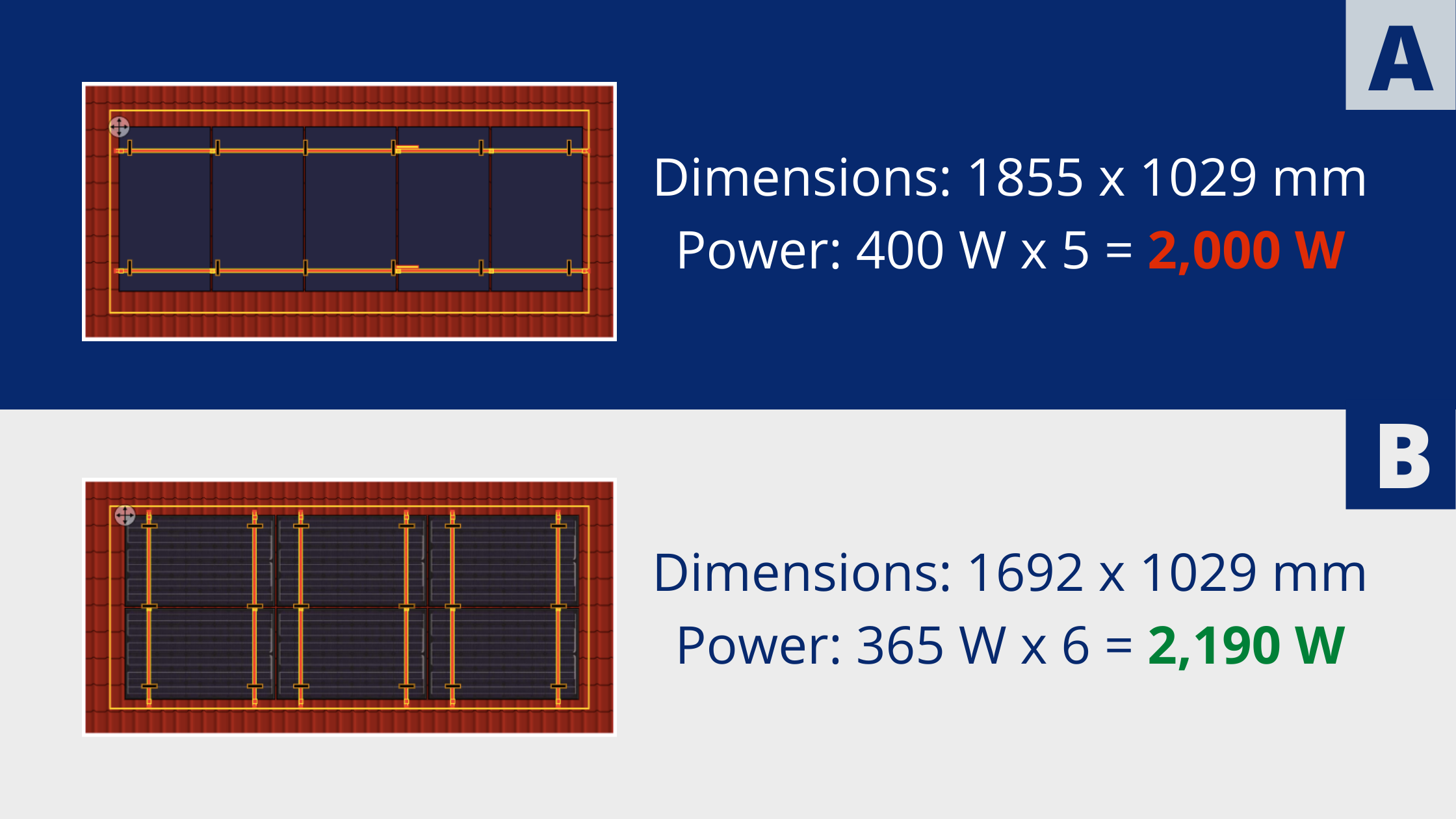

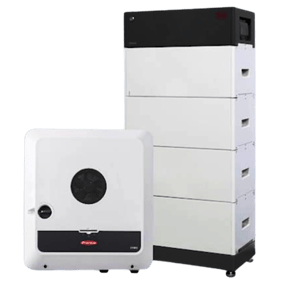
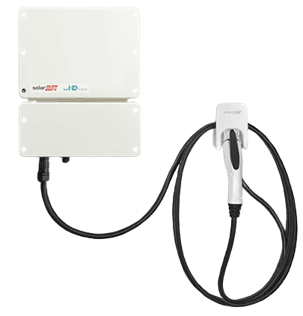
And there you have it, your beginners guide to your home solar system. I hope this gives you a little more insight into home solar systems! If you would like to see what Yeames Solar can do for your home then you can register your interest at Yeames Solar Enquiries!
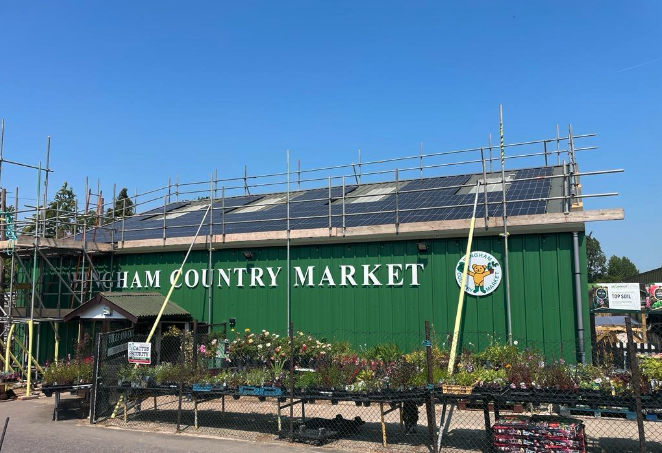
Client: Annette, Wingham Country MarketLocation: Wingham, Kent
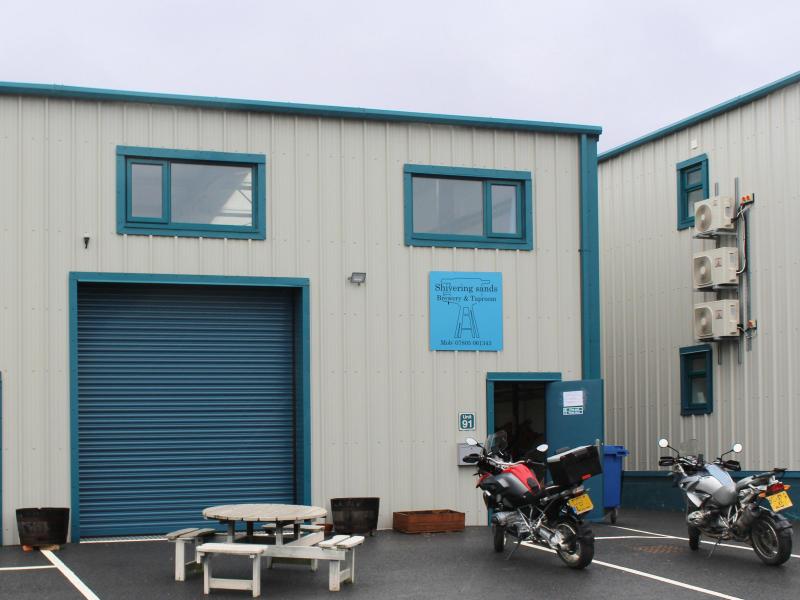
Case Study: Shivering Sands Brewery's Solar Energy Solution
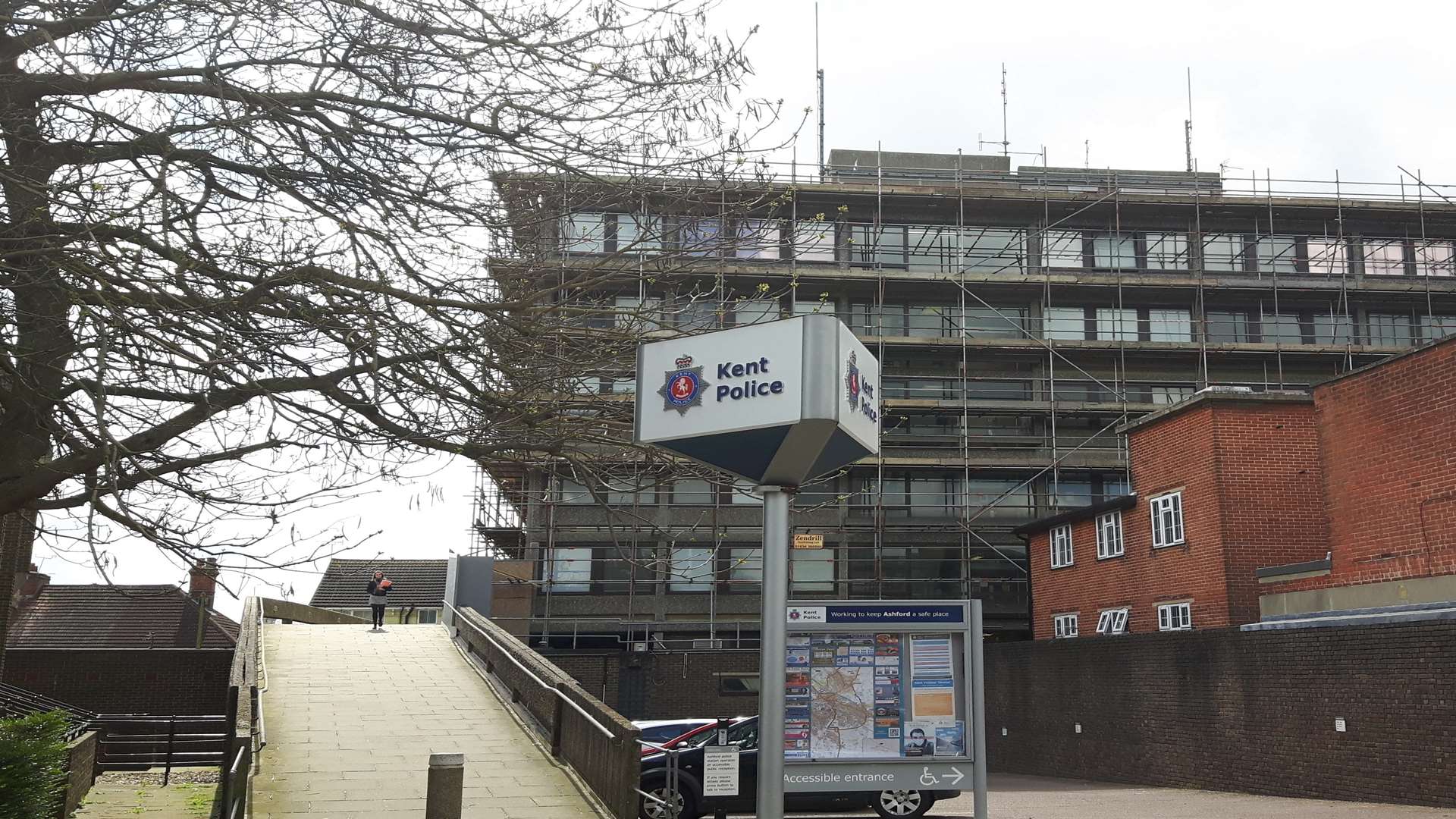
Case Study: Cold Harbour Police Station Solar Energy Solution